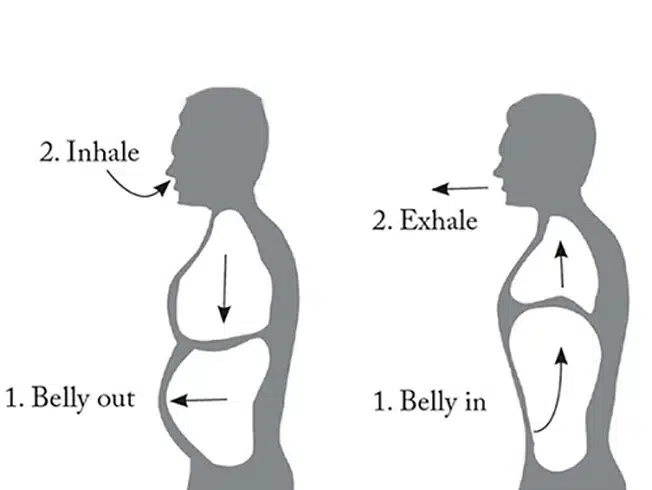words Alexa Wang
Running is one of those things that seems simple on the surface but the deeper in you dive, you realise there’s so much more to it.
There are many small things that one can do to turn them from a runner to a good runner.
This guide will help you find a good running coach to take you to a higher level in your running journey. Before that though, there are some essentials you should be doing or start doing to put you on the right path so let’s start there.
Equipment For Running
The technique is important, but the equipment is just as important.
Injuries are a major deterrent for people trying to get into running, as they see a week off of work due to an injured foot as a risk not worth it. However, these are usually people who fail to recognise that preparation is the key to success.
A general rule is to avoid cotton as this absorbs sweat and can drag you down, making your run that much harder, you should be looking at attire that is breathable and dries quickly to avoid as much backlash as possible.

Source: Gym Clothes
In terms of your shoes, top runners all have their favourite brands and types of shoes based on what they prioritise but there are a few things you absolutely look for when buying.
The main three requisites are to be lightweight, stable and cushioning.
Lightweight makes sure they are not weighing down or putting extra strain on your feet. Then there’s stability which gives you more control, making the whole activity easier and more fun. Finally the cushioning once again minimises strain on your feet, minimising the chance of injury and makes it seem like you’re running on clouds.
Another important consideration is the socks but like the shoes, there are many types all with their advantages and disadvantages.
A blanket recommendation for beginners is thicker, extra padded socks as these are most likely to minimise injuries and make things easier for you in the long run. Intermediate and advanced runners, or just anyone who really doesn’t like thick socks, can explore the other types to find their favourites.
Training Techniques For Running
Now onto techniques.
Keeping your chin up and putting your shoulders back when running. This may seem unnatural at first considering how much time most of us spend at some sort of desk but this adds a world of difference.
The main benefit is it neutralises any neck soreness or tightness afterwards and a bonus is that it allows you to see any oncoming hazards on time (if you’re running outside of course).
And as you lift your head, usually the rest of your body follows leading to better form overall.
Also, don’t underestimate the importance of your arms while running! Make sure you’re moving them with every stride but avoid wild arcs. Keep them nice and controlled, don’t straighten them too much and keep them relaxed.
Additionally, another factor you should pay attention to is your breathing. Your first instinct may be to take many short breaths but it is found that deep, long breaths from the diaphragm actually greatly improve technique, resistance and general capabilities.

Source: Optimal Breathing
This may prove hard at first, so do different breathing exercises at home to get your body used to it. Once it becomes effortless while stationary then you can begin to implement it into your technique.
Where To Find Good Running Coaching
What I mentioned was not an extensive list at all and is merely scratching the surface.
Every aspiring runner should have a trusted resource that separates fact from speculation, and for that, I recommend the running school.
With their various videos, sessions and detailed running coaching I assure you there is no better place to find certified and professional advice.
So visit their website to take your running to the next step now!





